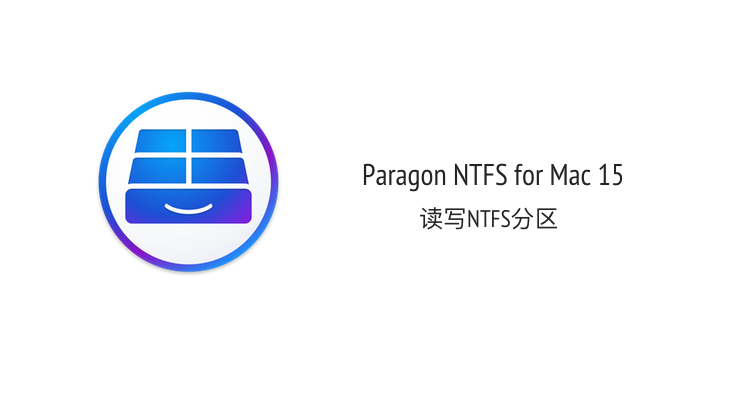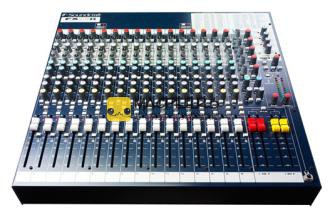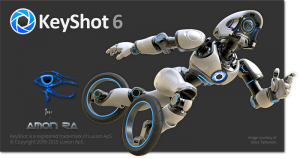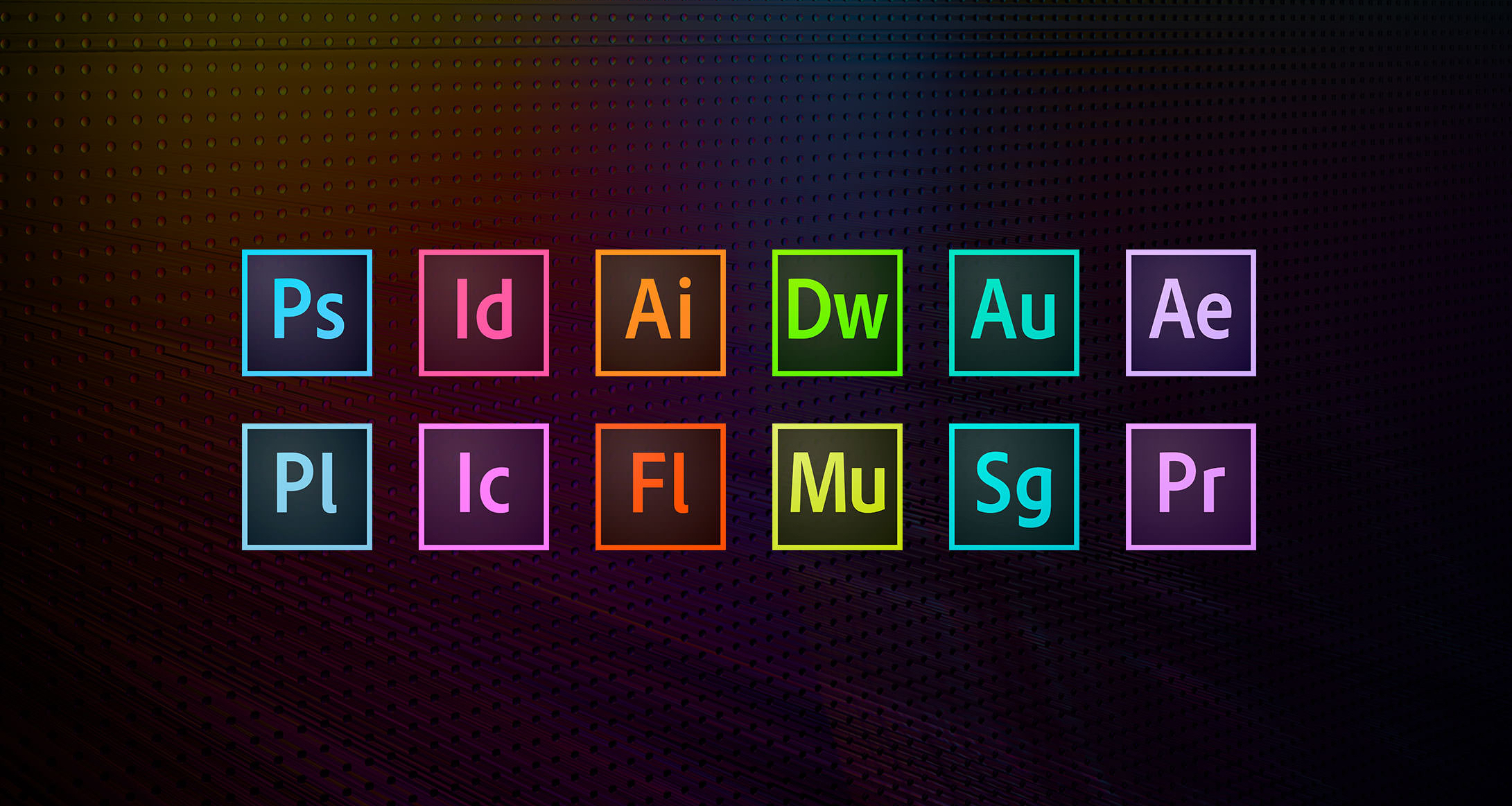The Foundry Mari for Mac 4.7v1 尖端3D绘画工具
The Foundry’s cutting-edge 3D paint tool, MARI gives you a fluid and flexible way to paint directly onto 3D models - meaning more time spent painting and less time managing technical issues.
Painting
With MARI, 3D painting has never been more fluid or flexible. Choose from MARI’s selection of intuitive preset brushes, including a 'healing' brush for seam removal and duplication of texture detail and a ‘slurp' brush for smearing and dragging texture; import and work with familiar ABR Photoshop brushes; or create any number of custom brushes. There’s even a vector brush for creating and edit vector maps. Whether you’re working with 3D projective paint or flat UV paint, MARI lets you focus on your creativity.
MARI lets you paint through images or gradients to apply external detail to your model. Color corrections and filters can be applied as adjustment layers or directly to the paint you’re working with, and previewed in real time. You can even apply a color grade as you clone to better match the area you’re painting.
An advanced channel masking engine lets you control where paint is applied by painting a channel, using fractal noise, or by using surface attributes such as edges, depth, backface and even ambient occlusion.
Texture mapping
MARI adopts an extremely flexible approach to texturing. Cube, spherical, and triplanar projectors let you quickly setup a scene.You can work with standard or multi-tile UDIM UV layouts, including overlapping UVs so can reuse the same texture across 3D models in any shared UV space, while tiled textures with masking make it simple to quickly cover large areas on models.
Optionally, a UV-less workflow (PTEX) lets you adjust texture size on a per-face level, allowing for near-limitless detail, and letting you put detail where it’s most effective.
Textures can be exported from channels as individual layers, flattened files or as layered PSDs, for use further down your pipeline. A Texture Transfer function also lets you transfer textures between two different models, without the need for matching topology or UVs.
Advanced layering
MARI’s nondestructive layer-based workflow lets you freely mix paint with filters, color correction, procedurals and advanced masking—so you can paint faster and with greater control than ever before. Change blend modes at any time; reorder layers at will; bake or flatten several layers together.
An extensive range of procedurals—including GPU-accelerated real-time noise, patterns, projections, ambient occlusion shading and more—make it easy to create the look you want. Adjustment layers include everything from blurring and color balancing, to animated flow effects!
MARI even lets you create real-time GLSL layered shaders, building up complex effects like dirt over rust, over worn paint, over metal.
Realistic interactive preview
MARI’s physically correct interactive preview features shadows, HDR environment lighting, reflections, specular highlights and more, so you can work in a high-fidelity context that closely matches your target platform.
Meanwhile, energy-preserving physically based BRDF shaders, and built-in support for Arnold, V-Ray, Unreal and Redshift shaders let you work with confidence that your textures will look the way you want in the final render or game.
You can even import multiple animated cameras to check your scene from the director’s viewpoint.
Complex geometry handling
MARI handles animated geometry and animated textures with ease—as well as handling multiple objects, versions and instances, with or without baked animation. You can isolate, select, mask and hide geometry per patch and face. Support for FBX, OpenSubdiv and Alembic let you work with industry-standard formats.
Handling very large 3D model data sets becomes simple with MARI’s ability to scale to over one million polygons for a single topology or mesh without slowing down. MARI can also support textures of up to 32K x 32K pixels and thousands of textures per model across different channels, so you can create hyperrealistic assets with almost limitless detail.
Color management
With OpenColorIO (OCIO), the open source color management solution from Sony Picture Imageworks, you can handle color transforms and image display across multiple applications by setting up a single profile to provide consistent colors across the board. Color space defaults can be set on a per-project basis.
With color space properties available on both images and on individual channels of multi-channel images, the requirement to preprocess or post-process images into the correct color space is eliminated, saving time and reducing errors.
A key tool in simplifying the color management process, OCIO is suitable for both visual effects work and animated features and is specifically geared towards post-production work.
Screenshot:

System requirements:
- OS X 10.7 or Later
下载地址:
相关下载:



















